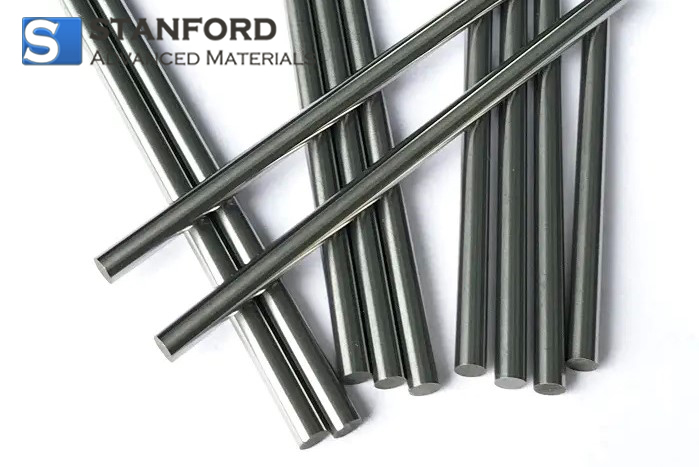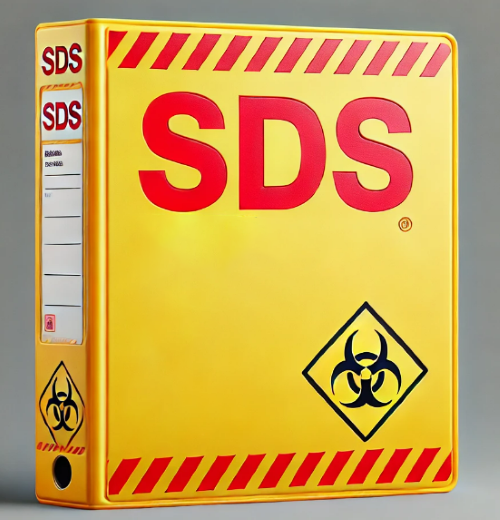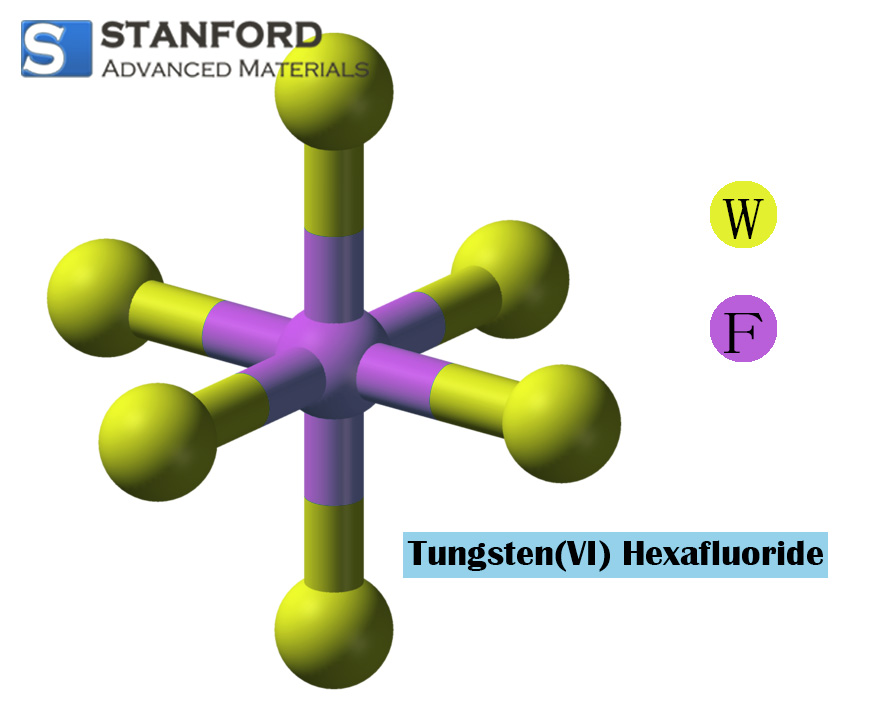MSDS Of Tantalum Oxide
I. PRODUCT IDENTIFICATION
Supplier: Stanford Advanced Materials
23661 Birtcher Dr., Lake Forest, CA 92630 U.S.A.
Telephone: (949) 407-8904
Fax: (949) 812-6690
E-Mail: sales@SAMaterials.com
Product Name: Tantalum Oxide
Formula: Ta2O5
CAS Number: 1314-61-0
II. HAZARDOUS COMPONENTS
Hazardous Ingredient: Tantalum Oxide
Concentration (%): 0–100
OSHA/PEL: 5 mg(Ta)/m³
ACGIH/TLV: 5 mg(Ta)/m³
HMIS Ratings:
Health: 0
Flammability: 0
Reactivity: 0
III. PHYSICAL DATA
Boiling Point: N/E or N/A
Melting Point: 1872 °C
Specific Gravity: 8.2 g/cc
Vapour Pressure: N/E or N/A
Solubility in H₂O: Insoluble
Appearance and Odour: White powder and fragments, odourless.
IV. FIRE AND EXPLOSION HAZARD DATA
Flash Point: N/A
Autoignition Temperature: N/E or N/A
Explosive Limits: Upper: N/A Lower: N/A
Extinguishing Media: Use extinguishing agents suitable for the surrounding materials and the type of fire.
Additional Firefighting Measures: Firefighters must utilise an air-supplied respirator with a full-face shield and appropriate protective clothing to prevent contact with skin and eyes. Given that the fire effluent gases are hazardous, isolate any drainage to prevent environmental contamination.
Unusual Fire/Explosion Hazard: On heating to decomposition, Tantalum Oxide may release toxic fumes.
V. HEALTH HAZARD INFORMATION
Exposure Effects: To the best of available knowledge, the chemical, physical and toxicological properties of Tantalum Oxide have not been thoroughly examined and recorded. There have been occasional reports of minor industrial skin injuries associated with Tantalum compounds; however, systemic industrial poisoning appears to be unknown. Carcinogenicity remains questionable in light of experimental tumour induction data (Sax, Hazardous Properties of Industrial Materials).
Acute Effects:
Inhalation: May cause irritation of the nasal passages and throat.
Ingestion: May be toxic if swallowed.
Skin: May cause abrasive irritation.
Eyes: May result in irritative abrasions.
Chronic Exposure: No chronic health effects have been identified.
Target Organs: Not applicable.
Pre-existing Conditions Potentially Aggravated: Respiratory and skin conditions.
Carcinogenicity: NTP: No; IARC: No; OSHA: No
EMERGENCY FIRST AID MEASURES:
INHALATION: Move the individual to fresh air; keep warm and calm; administer oxygen if breathing difficulties occur, and seek medical attention if symptoms persist.
INGESTION: Provide 1–2 glasses of milk or water and induce vomiting; obtain medical advice. Do not induce vomiting or administer any substances by mouth to an unconscious person.
SKIN: Remove contaminated clothing; brush off material from the skin; wash the affected area with mild soap and water; consult a doctor if irritation continues.
EYES: Rinse the eyes immediately with lukewarm water, ensuring the upper and lower lids are held apart for a minimum of 15 minutes. Seek medical attention if symptoms persist.
VI. REACTIVITY DATA
Stability: Stable.
Conditions to Avoid: None.
Incompatibilities: Strong oxidising agents, ClF₃, BrF, Lithium and acids.
Polymerisation Hazard: Does not occur.
Hazardous Decomposition Products: None.
VII. PROCEDURE IN THE EVENT OF SPILLAGE OR LEAKAGE
In the event of spillage or release, take the following measures: Ensure that appropriate respiratory and protective equipment is worn, as detailed in Section VIII. Isolate the affected area and provide adequate ventilation. Collect the spilled material using equipment fitted with a HEPA filter and place it into a sealed container for proper disposal in accordance with authorised procedures. Minimise the disturbance of dust.
Waste Disposal Method: Dispose of in accordance with local, state and national regulations.
VIII. SPECIAL PROTECTIVE MEASURES
Respiratory Protection: NIOSH-approved respirator.
Ventilation: Use local exhaust ventilation to maintain the exposure concentration at or below the PEL/TLV; general ventilation is also recommended.
Eye Protection: Safety goggles.
Hand Protection: Rubber gloves.
Other Protective Clothing or Equipment: Protective clothing suitable to prevent contamination.
IX. SPECIAL PRECAUTIONS
Handling and Storage Precautions: Store in a cool, dry place. Wash thoroughly after handling. Keep in a tightly closed container.
Work Practices: Implement technical and practical measures to reduce exposure concentration. Maintain good housekeeping and hygiene practices. Do not smoke or eat in the work area. Wash thoroughly before eating or smoking. Avoid using compressed air to dislodge dust from clothing or skin. Ensure that an eyewash station, safety shower and washing facilities are accessible.
TSCA List: Yes
DOT Regulations:
Hazard Class: None
The information provided above is considered correct; however, it is not exhaustive and is intended solely as a guide. Stanford Advanced Materials shall not be held liable for any damages arising from the handling or contact with the product referenced above.

 Bars
Bars
 Beads & Spheres
Beads & Spheres
 Bolts & Nuts
Bolts & Nuts
 Crucibles
Crucibles
 Discs
Discs
 Fibers & Fabrics
Fibers & Fabrics
 Films
Films
 Flake
Flake
 Foams
Foams
 Foil
Foil
 Granules
Granules
 Honeycombs
Honeycombs
 Ink
Ink
 Laminate
Laminate
 Lumps
Lumps
 Meshes
Meshes
 Metallised Film
Metallised Film
 Plate
Plate
 Powders
Powders
 Rod
Rod
 Sheets
Sheets
 Single Crystals
Single Crystals
 Sputtering Target
Sputtering Target
 Tubes
Tubes
 Washer
Washer
 Wires
Wires
 Converters & Calculators
Converters & Calculators
 Write for Us
Write for Us


 Chin Trento
Chin Trento


